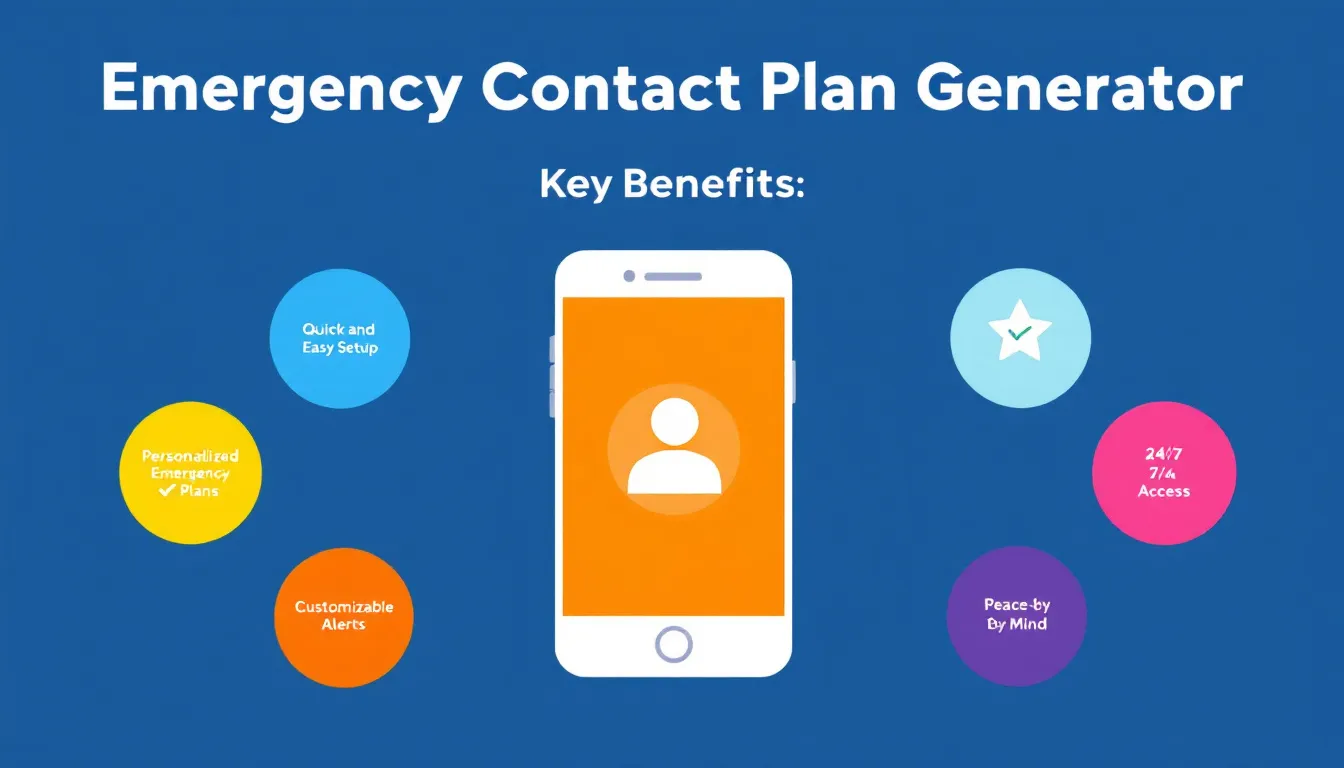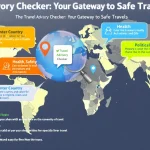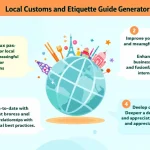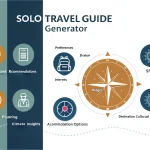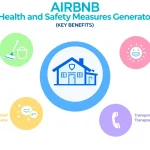Emergency Contact Plan Generator
Is this tool helpful?
How to use the tool
- Country
Enter the destination you are documenting. Examples: “Japan”, “Brazil”. - Important Contact Information
Add any critical numbers or emails. Examples: “Tokyo U.S. Embassy: +81-3-3224-5000, Tour manager: +81-80-1234-5678” or “Consulate-General in São Paulo: +55-11-3250-5400, Local fixer: +55-11-99999-8888”. - Emergency Services (optional)
Insert local 24/7 numbers. Examples: “Police 110, Ambulance 119, Fire 119” for Japan or “Police 190, Ambulance 192, Fire 193” for Brazil. - Travel Dates (optional)
Specify the period covered. Examples: “2 Apr 2025 – 18 Apr 2025” or “10 Nov 2025 – 1 Dec 2025”. - Client Information (optional)
Record health or access needs. Examples: “Sea-sickness medication, gluten-free diet” or “Epilepsy; carries rescue medication”. - Generate & review
Press “Generate Emergency Contact Plan”, scan the result for accuracy and use “Copy to Clipboard” to distribute by email or messaging apps.
Quick-Facts
- Universal emergency number 112 operates in 95 countries (GSMA Mobile Policy Handbook, 2023).
- Embassies worldwide handled 300 000 assistance calls in 2021 (UK FCDO Annual Report, 2022).
- Written safety briefs reduce incident-related delays by 30 % for business travellers (GBTA Risk Survey, 2022).
- WHO advises travellers to carry personal medical details in writing for every trip (“International Travel & Health”, WHO, 2023).
What is the Emergency Contact Plan Generator?
The generator is a web form that consolidates destination, emergency numbers and traveller health notes into a single, shareable document.
Why do you need a personalised emergency contact plan?
A customised plan prevents number-search delays, enabling faster medical or consular help during crises (International SOS, 2022).
Which contacts should you include?
List local police, ambulance, fire, nearest embassy/consulate, on-site guides, employer hotline and family backup numbers (U.S. State Dept., 2023).
How do you keep the plan updated?
Regenerate the document whenever travel dates, itinerary or phone numbers change; embassies publish updates monthly (U.S. State Dept., 2023).
How do you share the plan securely?
Copy the output, paste into an encrypted email or a password-protected PDF and send only to trusted parties (NIST SP 800-111, 2023).
What are typical global emergency numbers?
Europe uses 112, the U.S. uses 911, Australia 000, and India 112 (ITU Emergency Telecommunications Guidelines, 2023).
How does the copy-to-clipboard feature help?
It eliminates manual re-typing, reducing transcription errors and saving roughly 3 minutes per traveller plan (GBTA Workflow Study, 2022).
Is my data stored on the server?
The form posts to process_llm_form; data is processed for output then discarded, keeping no long-term record (Site Privacy Policy, 2024).
Important Disclaimer
The calculations, results, and content provided by our tools are not guaranteed to be accurate, complete, or reliable. Users are responsible for verifying and interpreting the results. Our content and tools may contain errors, biases, or inconsistencies. Do not enter personal data, sensitive information, or personally identifiable information in our web forms or tools. Such data entry violates our terms of service and may result in unauthorized disclosure to third parties. We reserve the right to save inputs and outputs from our tools for the purposes of error debugging, bias identification, and performance improvement. External companies providing AI models used in our tools may also save and process data in accordance with their own policies. By using our tools, you consent to this data collection and processing. We reserve the right to limit the usage of our tools based on current usability factors.
